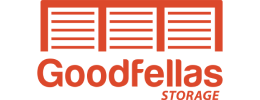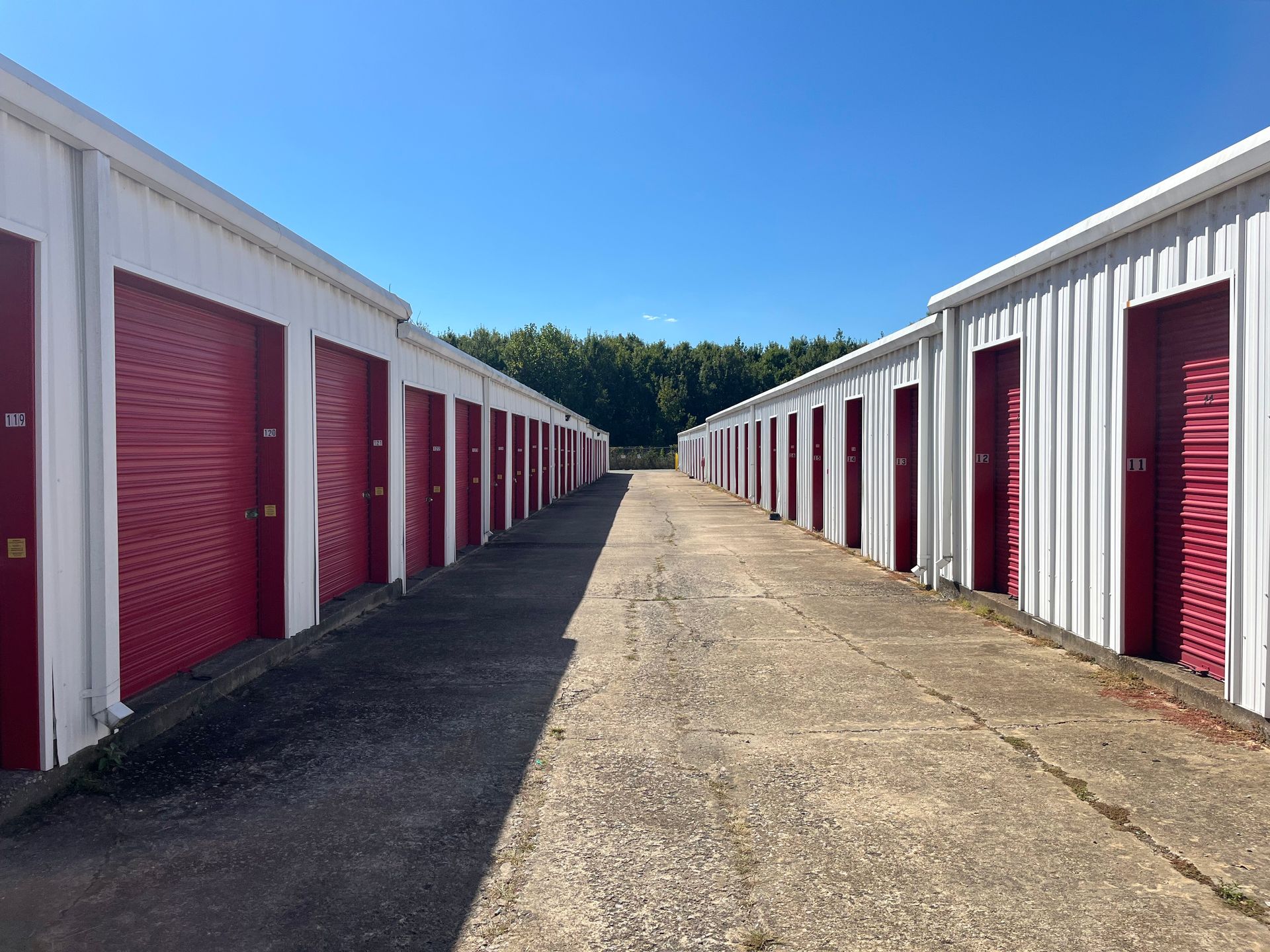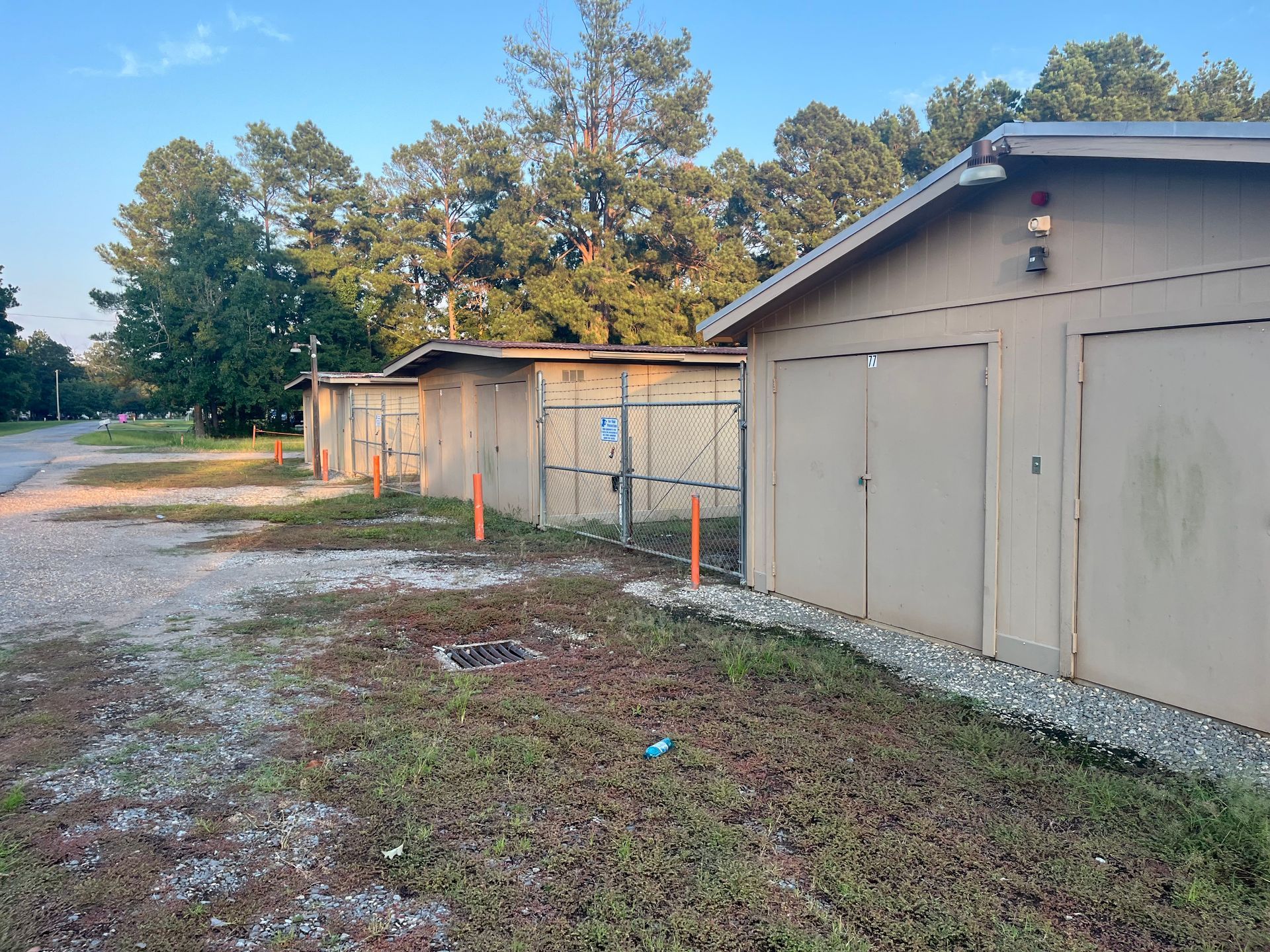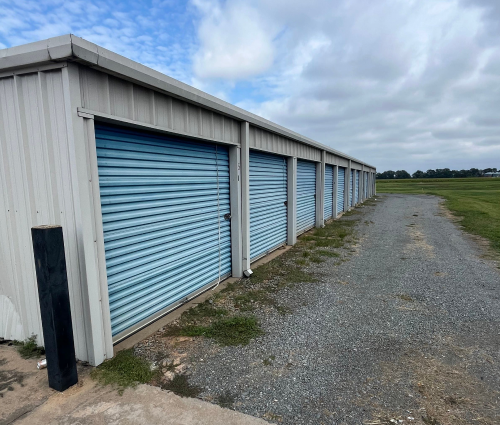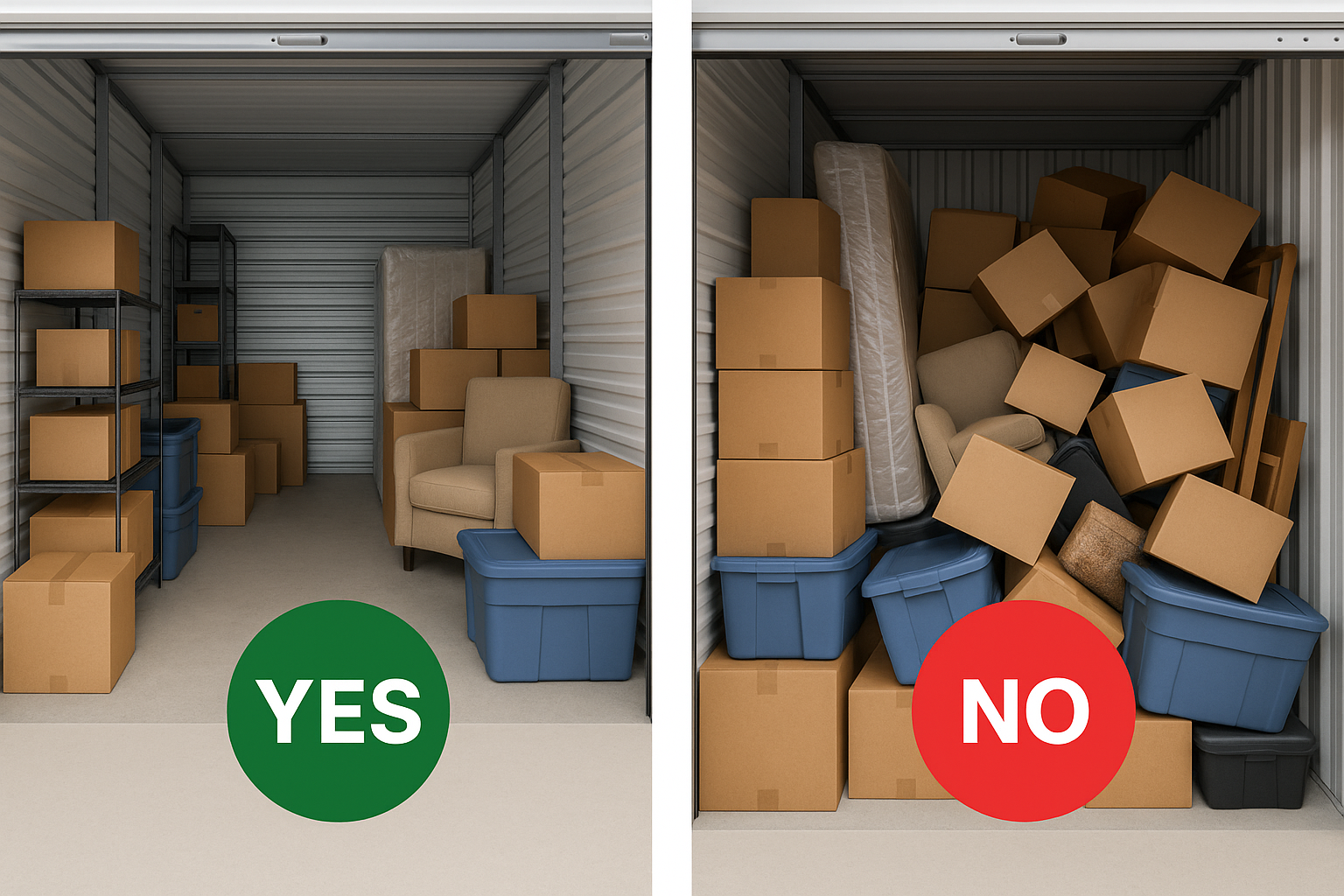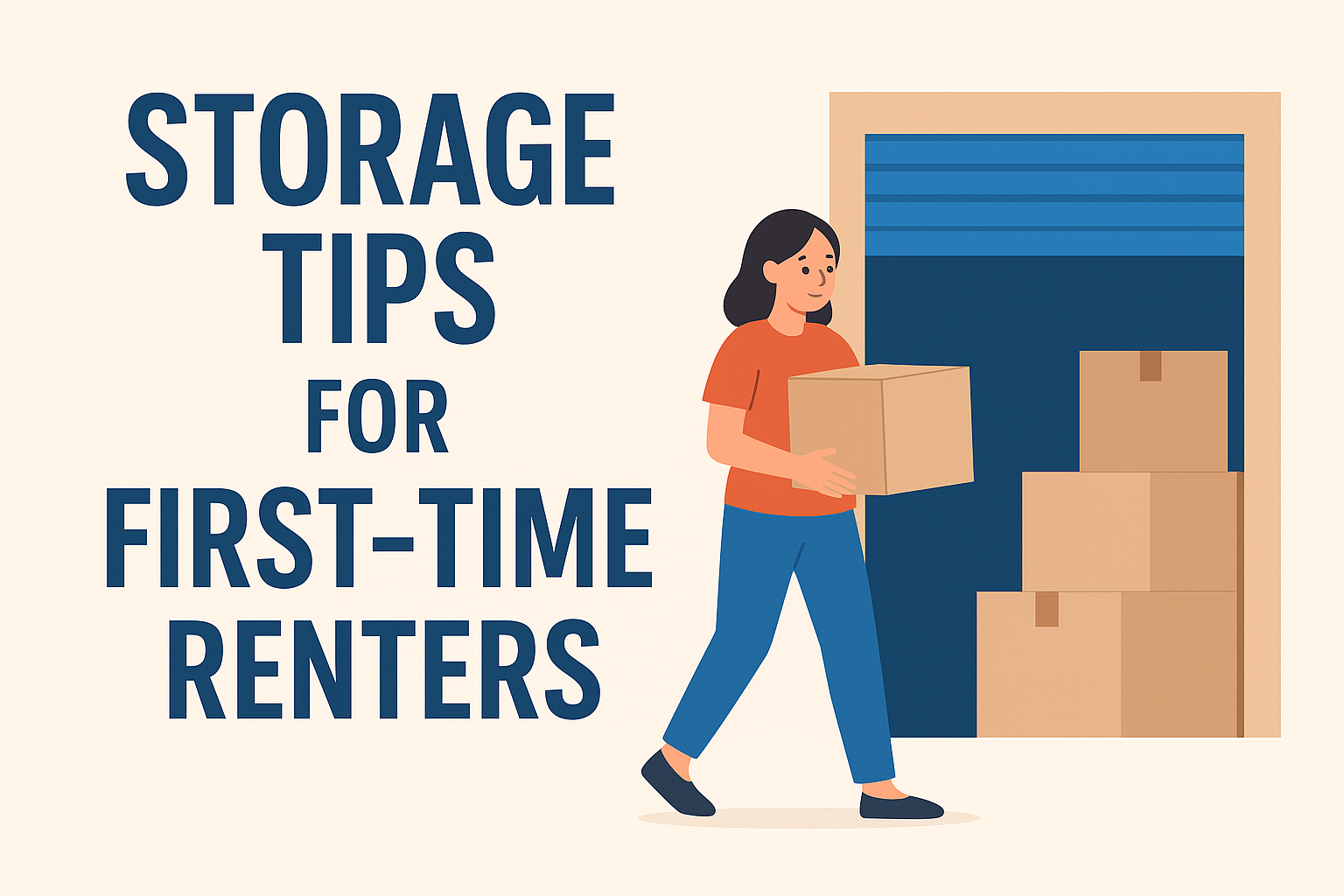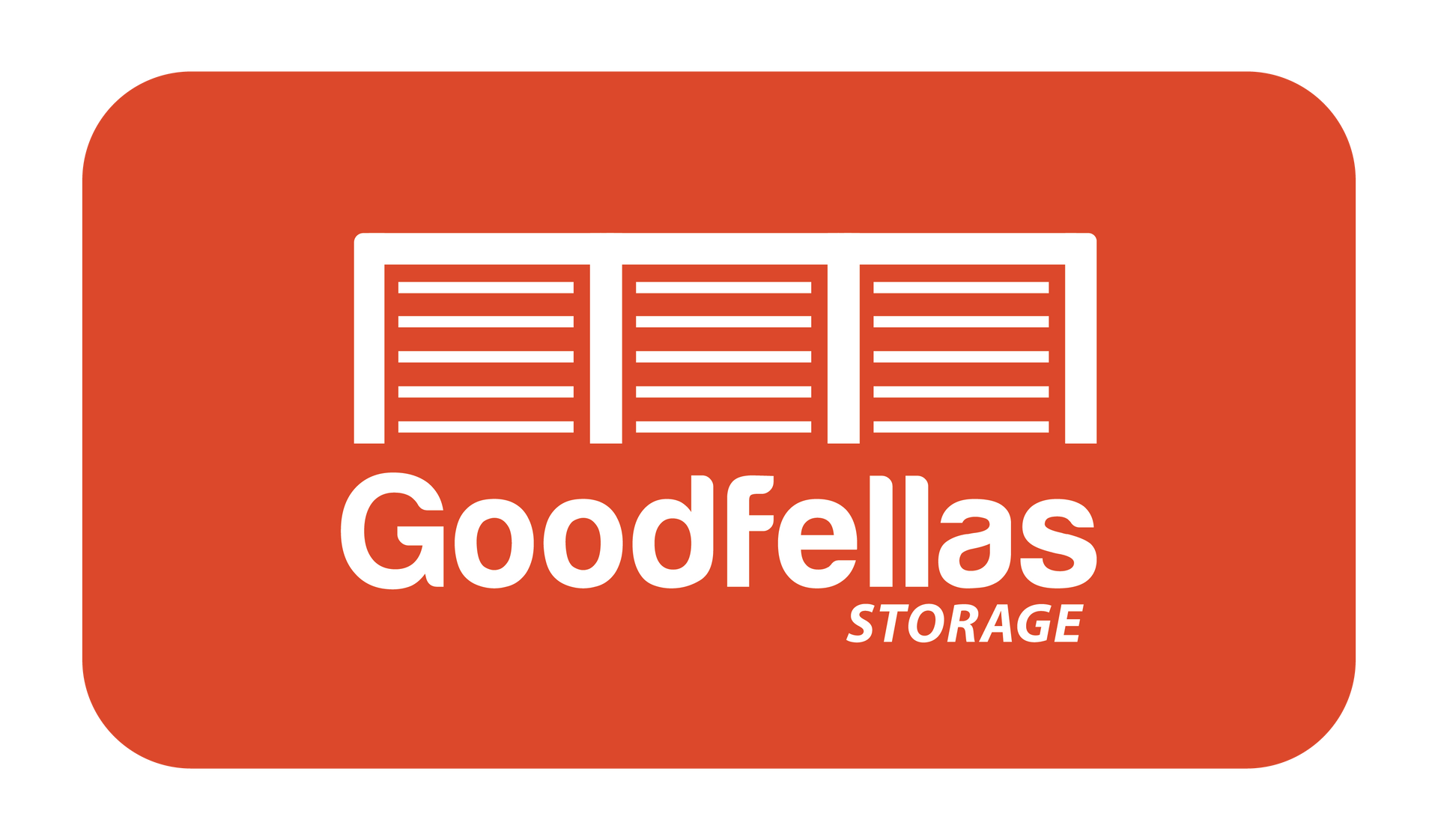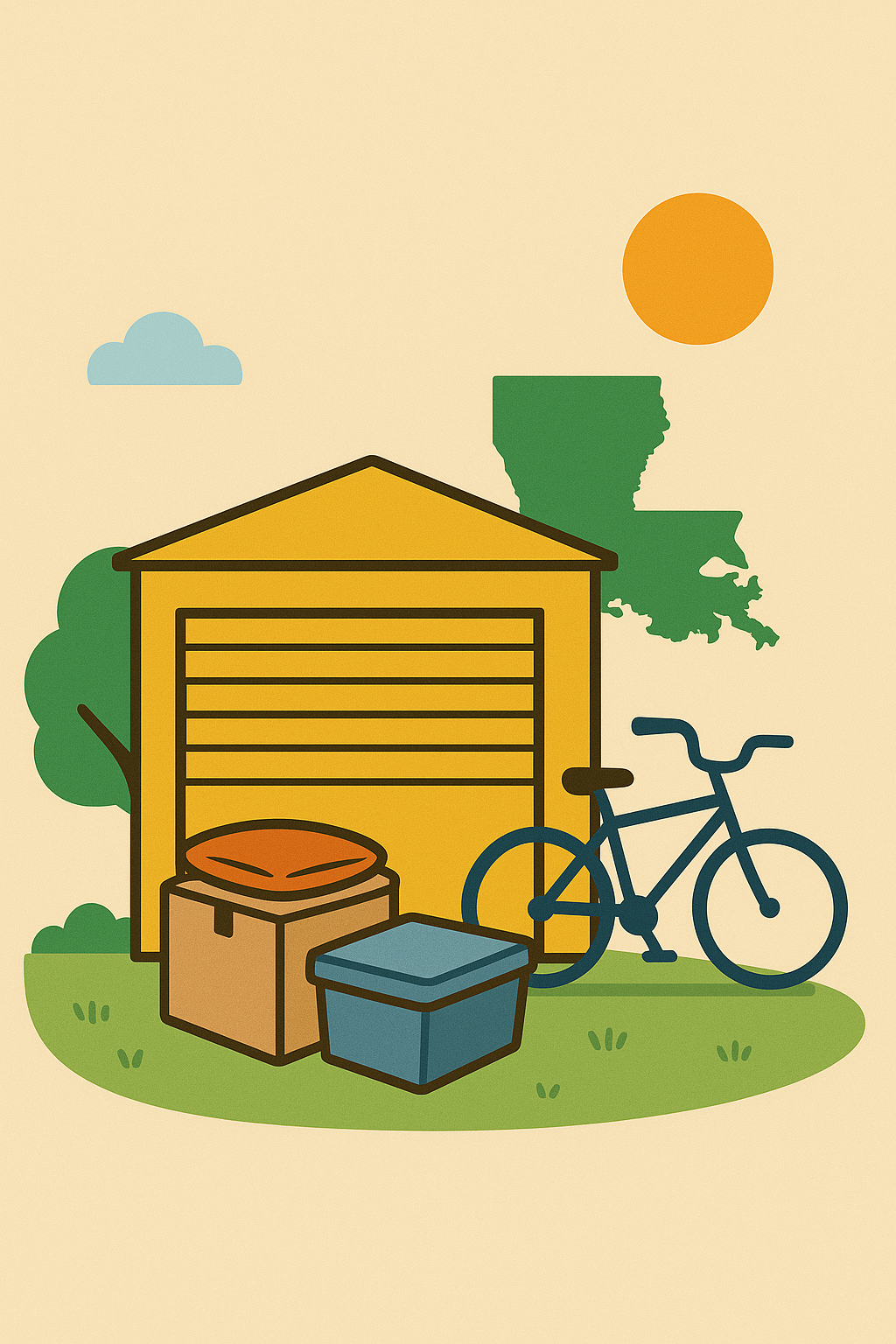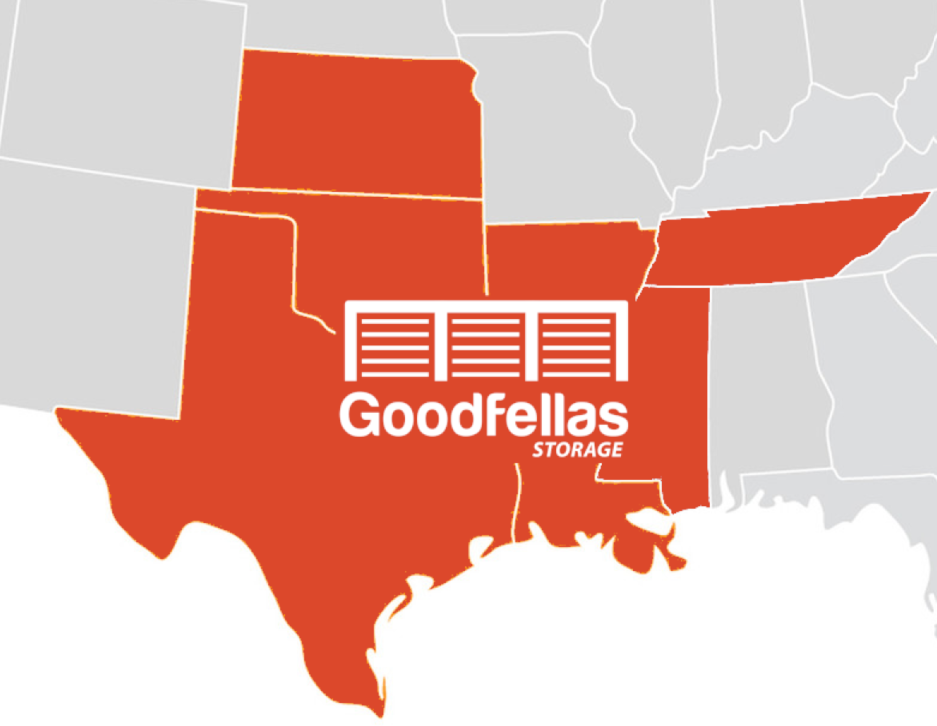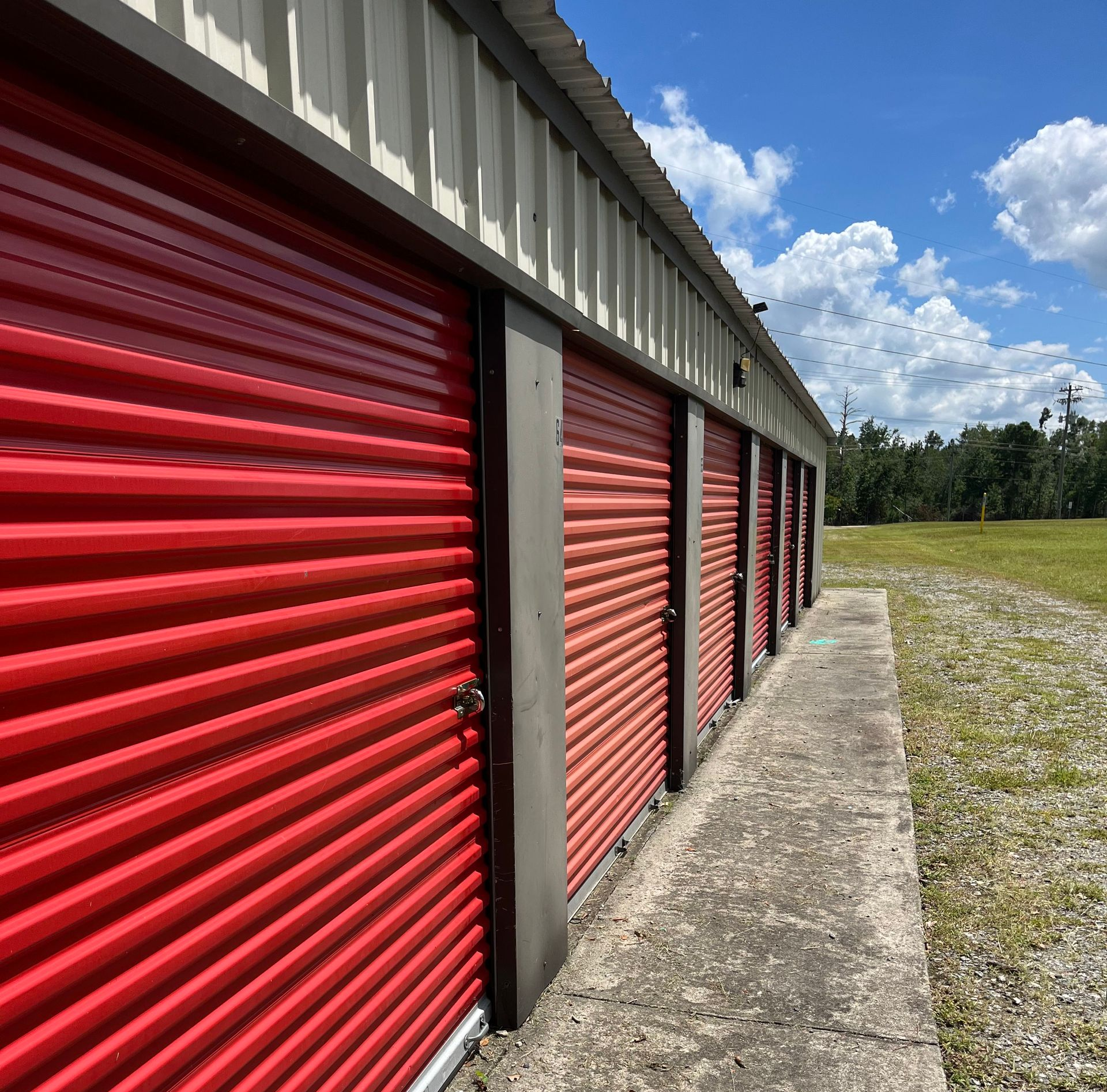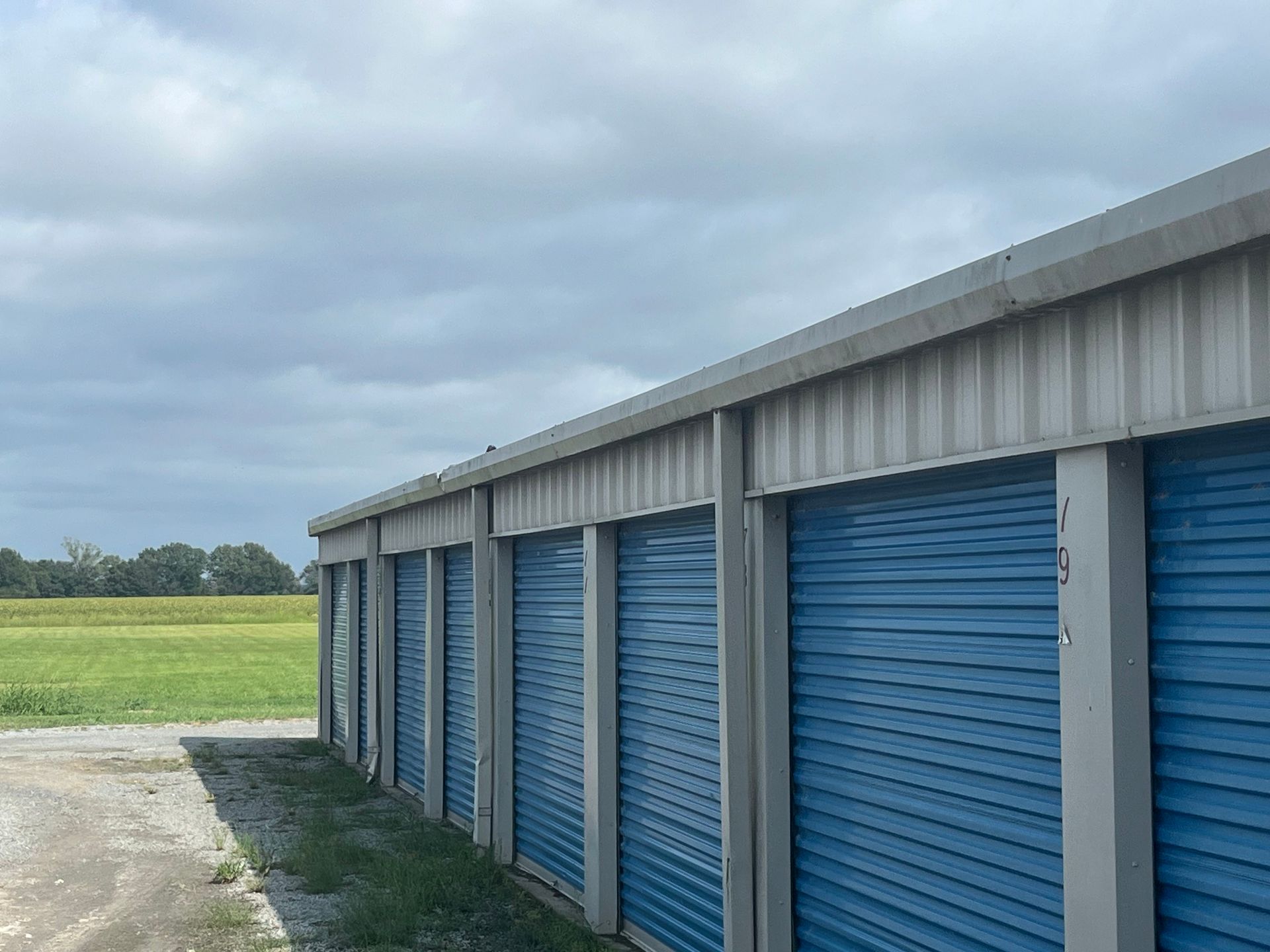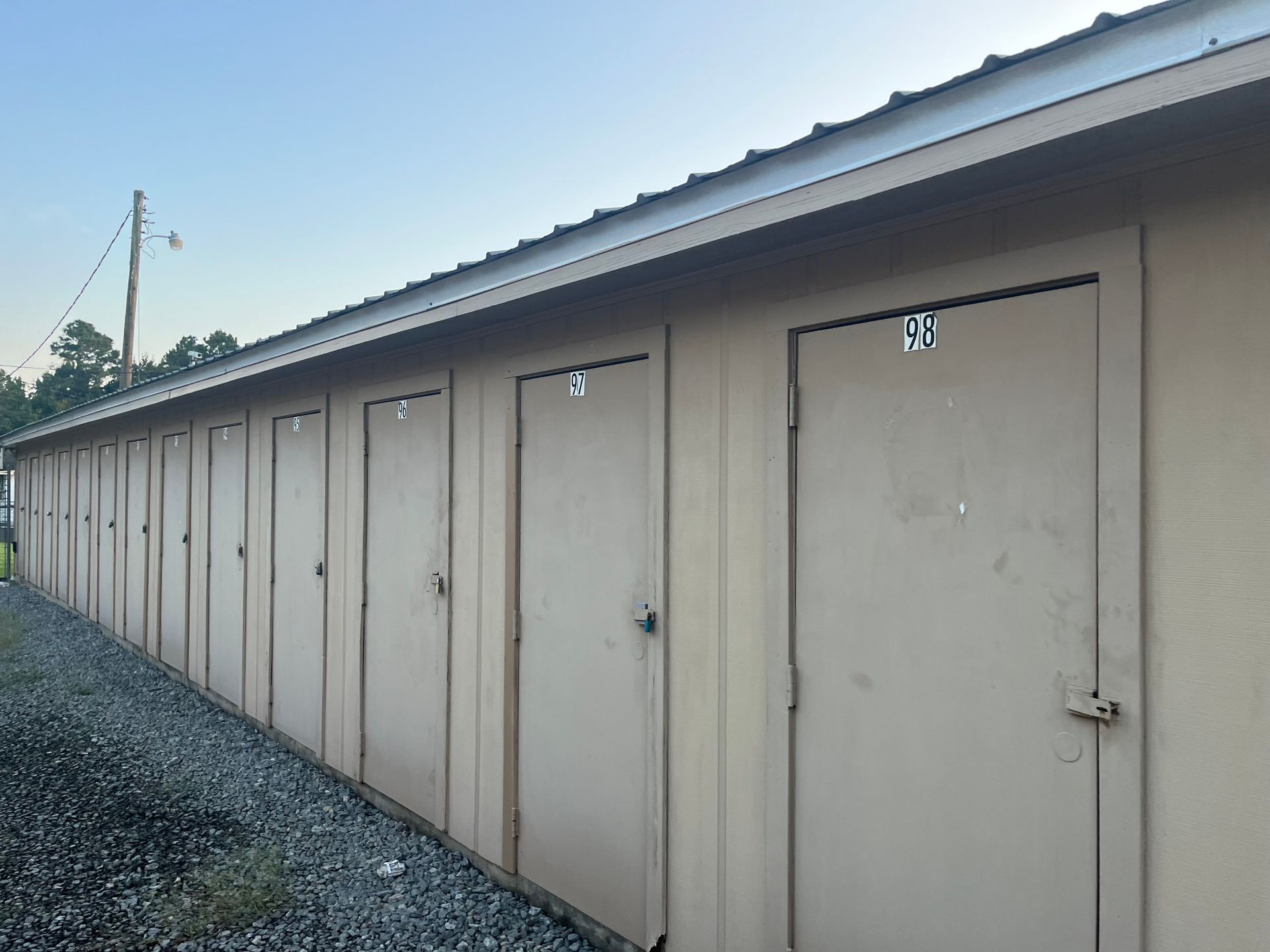How to Save Money With Efficient Storage Packing
Smart packing strategies to help you save space, protect your belongings, and lower your storage costs
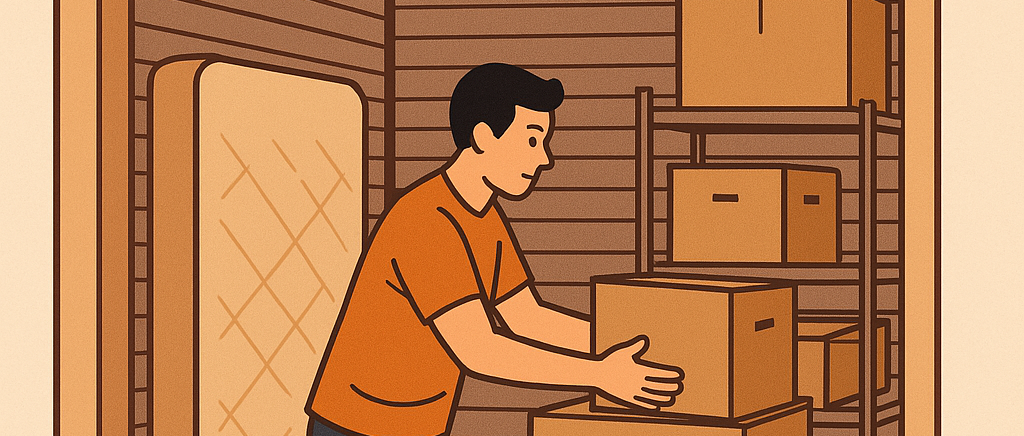
Whether you're moving, downsizing, or just decluttering, using self storage can be a smart and cost-effective solution. But the savings really begin when you know how to pack your unit efficiently. Strategic packing doesn't just maximize your space — it helps you rent a smaller unit, avoid damage to your belongings, and reduce the number of trips needed to load and unload. In this post, we’ll walk you through expert strategies to save money with storage by packing smarter.
Why Efficient Packing Matters
The way you pack your storage unit impacts how much you spend. Inefficient packing often leads to renting a larger unit than necessary, or even worse, renting a second unit altogether. On the flip side, if you take the time to plan and organize, you can fit more into a smaller unit — which can save hundreds of dollars per year.
You’ll also reduce the chance of damage. Items packed securely and placed properly will hold up better in long-term storage. That means fewer replacements, repairs, or insurance claims.
Step 1: Choose the Right Unit Size
The first way to save money is by picking the correct unit size. Too big, and you’re paying for space you don’t use. Too small, and you may need a second unit.
Use a storage size guide to estimate how much space you actually need. For example:
- A 5x10 unit can hold the contents of a small bedroom
- A 10x10 can fit an entire living room and two full bedrooms
- A 10x20 can accommodate a three-bedroom home
If you’re strategic about stacking and organizing, you may find that a smaller unit works just fine. Measure your furniture and large items ahead of time, and sketch a rough layout of how things might fit.
Step 2: Break Down and Disassemble Large Items
Furniture like bed frames, tables, and shelving units can take up a lot of room. Whenever possible, disassemble these items. Remove legs from tables, take apart bed frames, and flatten what you can.
Store all hardware in labeled bags and tape them to the item they belong with. This simple step saves space and helps avoid confusion when it's time to reassemble.
Step 3: Use Uniform Boxes for Easy Stacking
Choose sturdy, uniform-size boxes. Not only do they stack better, but they also prevent wasted vertical space. Mix-and-match box sizes create uneven stacks and often lead to damaged contents or empty gaps.
Use smaller boxes for heavy items like books, and larger boxes for lighter things like bedding or kitchenware. Clearly label each box with both the room it came from and what’s inside.
Pro tip: Avoid plastic bags for long-term storage. They trap moisture and can lead to mold or mildew.
Step 4: Maximize Vertical Space
Most storage units are 8 feet tall or more. That gives you a lot of vertical space to work with. Stack boxes from floor to ceiling, placing heavier boxes on the bottom and lighter boxes on top.
Use shelving units to create additional levels and make retrieval easier. If you’ll need access to certain items, place them at the front or on higher shelves.
Some items, like couches or mattresses, can be stored upright. Wrap them in protective covers and lean them against the wall to open up more floor space.
Step 5: Use Every Nook and Cranny
Take advantage of hollow spaces inside larger items. For example:
- Store linens or clothing inside dresser drawers
- Fill suitcases with seasonal items
- Tuck boxes inside large appliances (like ovens or washers), as long as they’re clean and dry
Every cubic inch counts when you’re trying to save money with storage.
Step 6: Label Everything and Keep an Inventory
You don’t want to waste time digging through your unit to find one item. Worse yet, if you can’t find something, you may end up buying a replacement — which defeats the purpose of saving money.
Create a simple inventory list of what’s in each box and where it’s located in the unit. Use a spreadsheet, a note-taking app, or even a handwritten list.
Label every box on multiple sides so you can read it no matter how it’s stacked.
Step 7: Avoid Climate-Controlled Units If You Don’t Need Them
Climate-controlled storage is more expensive. Unless you're storing temperature-sensitive items like electronics, antiques, musical instruments, or important documents, a standard drive-up unit will usually do the job.
If you're not sure what’s best, ask the storage manager or visit the unit in person to assess temperature and ventilation.
You can also use moisture absorbers and plastic bins to protect certain items without needing climate control.
Step 8: Consider Location, Not Just Price
You might be tempted to choose the cheapest storage unit, even if it’s farther away. But consider how often you’ll visit the unit. Driving an extra 20 miles each time can add up in gas, time, and wear on your vehicle.
Use our locations tool to find the most convenient and affordable option near you. Sometimes a slightly more expensive unit that’s closer can save you more in the long run.
Step 9: Stack Smart and Safely
Poor stacking leads to damaged items, falls, and stress. Place heavy or bulky items on the bottom. Don’t overload boxes, and keep fragile items in secure locations. Cover furniture with cloth or plastic sheeting to protect from dust.
Use ropes or straps to stabilize tall stacks, especially in areas prone to vibration or shifting (like near a door).
Creating a stable stack reduces the risk of toppling, which can result in costly breakage or injury.
Step 10: Leave a Walkway and Pack with a Plan
This step saves you time, and time is money. Always leave a narrow aisle through the middle of the unit so you can reach items in the back.
Put seasonal or frequently used items near the front. Group items by category or room so you can find what you need faster.
Without a clear plan, you’re more likely to unpack everything just to get to one item. Efficient packing avoids wasted effort and minimizes frustration.
Save More by Getting Help From Storage Pros
Packing a storage unit efficiently takes time and planning, but it pays off. You’ll save money by renting a smaller unit, avoiding damage, and reducing stress.
Need help picking the right size or location? Check out our storage size guide or contact us for personalized help. Our team is ready to walk you through the options that will help you save the most — and store the smartest.
Find a Goodfellas Storage location near you and start saving today.
Q&A
Q: Can I save money by renting a smaller unit and packing it tighter?
A: Yes, if you pack carefully and use your space efficiently, you may be able to rent a smaller unit than originally expected. Just make sure to allow for air circulation and access to essential items.
Q: Is it cheaper to use my own boxes or buy specialty storage containers?
A: Using your own sturdy boxes is more cost-effective for short- to mid-term storage. However, for long-term storage or delicate items, investing in proper containers can save money by protecting your belongings from damage.
